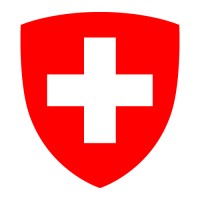
US Environmental Protection Agency (EPA)
U.S. Environmental Protection Agency’s (EPA) mission is to protect human health and the environment. EPA works to ensure that: - Americans have clean air, land and water; - National efforts to reduce environmental risks are based on the best available scientific information; - Federal laws protecting human health and the environment are administered and enforced fairly, effectively and as Congress intended; - Environmental stewardship is integral to U.S. policies concerning natural resources, human health, economic growth, energy, transportation, agriculture, industry, and international trade, and these factors are similarly considered in establishing environmental policy; - All parts of society--communities, individuals, businesses, and state, local and tribal governments--have access to accurate information sufficient to effectively participate in managing human health and environmental risks; - Contaminated lands and toxic sites are cleaned up by potentially responsible parties and revitalized; and - Chemicals in the marketplace are reviewed for safety. The agency was founded in 1970 and is headquartered in Washington, District of Columbia with ten additional regional headquarters offices (Boston, New York, Philadelphia, Atlanta, Chicago, Dallas, Kansas City, Denver, San Francisco, and Seattle) as well as more than a dozen laboratories, and other regional and programmatic offices.






